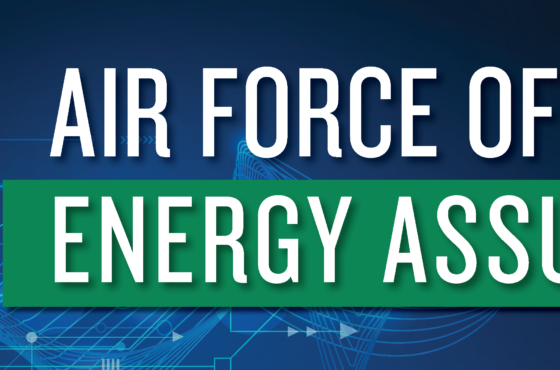Navigating the New Energy Frontier
Acquiring Customers Through Safe and Scalable Digital Advertising
In today’s rapidly evolving energy landscape, suppliers are facing unprecedented challenges as well as opportunities. Traditional customer acquisition methods such as door-to-door (D2D), Outbound Telemarketing (OBTM), and affiliate marketing are on the decline. New safe and scalable approaches to acquiring high-quality customers are needed to overcome these challenges.
The Challenges of Current Retail Customer Acquisition
Statistical data strongly suggests that traditional customer acquisition methods like Door-to-Door and OBTM are fast becoming irrelevant. According to The Guardian there is a 99% chance that OBTM will be fully automated in the next five years! With the advent of the National Do Not Call Registry, the rollout of STIR/SHAKEN[1] and increasing government attention, telemarketing is fast becoming obsolete. The bottom line is Suppliers need to prepare for a paradigm shift in customer acquisition—it’s happening right now. Those that don’t will be left behind.
Preparing for the Shift in Customer Acquisition
Traditional acquisition methods are rapidly becoming ineffective due to the buying journey of today’s customers. Today’s retail energy customers are driven by a combination of factors including environmental concerns, unique product offers, and price. Suppliers need to adjust to these changing acquisition models to ones that are safe, secure, and scalable, while producing a higher quality sticky customer.
Adopting to this new paradigm shift will come with its own set of challenges. Adjusting to a different customer acquisition process takes time, energy, and commitment to the process. It’s not done overnight. As part of this shift the current enrollment measurement of Cost to Acquire (CTA) may need to be revisited or adjusted to accurately measure acquisition costs.
Current Acquisition Methods vs. A New Model
Currently, most Suppliers have been relying on OBTM and/or D2D for enrolling new customers. This approach has been the standard methodology for years. However, it requires infrastructure (technical and administrative), recruiting vendors, hiring, and training, etc.
Many suppliers have seen the importance of moving away from traditional methods and are implementing newer models of customer acquisition in response to these changes. Some new models include using advanced digital advertising techniques that drive the customer to initiate the enrollment. These approaches are safer than current methods as they have less regulatory risk, require minimal vendor management, and can be rolled-out quickly.
Enrollments based on advanced digital advertising solutions result in a more valuable customer. Today’s customer has already done their research, looked at prices, and at different Suppliers. The best enrollment strategy for this customer is reaching them in their buying process. After seeing Supplier’s advertising for weeks and months, they recognize who you are and will have formed a favorable impression about your brand.
The Role of Digital Advertising
Today’s consumers are inundated with advertising. What is an energy supplier to do? How do you stand out from competitors vying for the same customer? How can you establish a standard process to scale your customer acquisition?
With the ability to permeate online messaging across multiple customer devices, outreach channels like search, social, Digital TV (OTT), and geofencing are revolutionizing the advertising landscape. New technologies like Predictive A.I. are providing advertisers with massive —sometimes real-time — data analytics that are used to make automatic adjustments to increase conversion rates. Platforms like Meta, Facebook, Google, Hulu, and Downloadable Apps create genuine curiosity and engagement with potential customers.
Digital advertising is a powerful tool for retail suppliers to connect with their target audiences, build brand awareness, and drive enrollments of high-quality customers. In a rapidly changing world, now is the time to leverage these technologies and propel your brand forward rather than left behind.
[1] Acronyms for the Secure Telephone Identity Revisited (STIR) and Signature-based Handling of Asserted Information Using Tokens (SHAKEN) standards.
By: Jason Stanard, President, Consult F.G.C.




